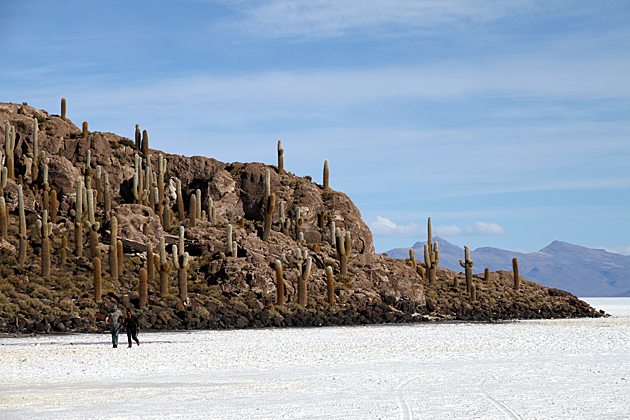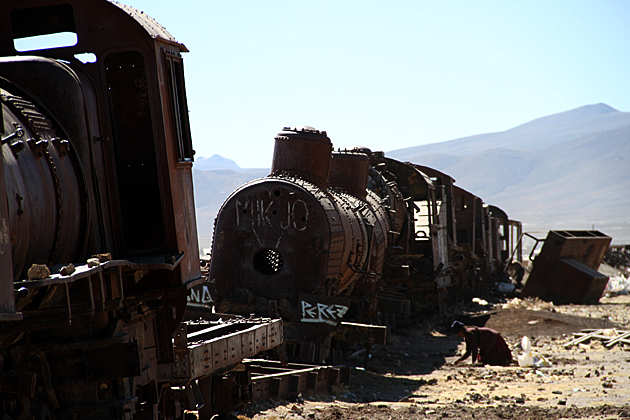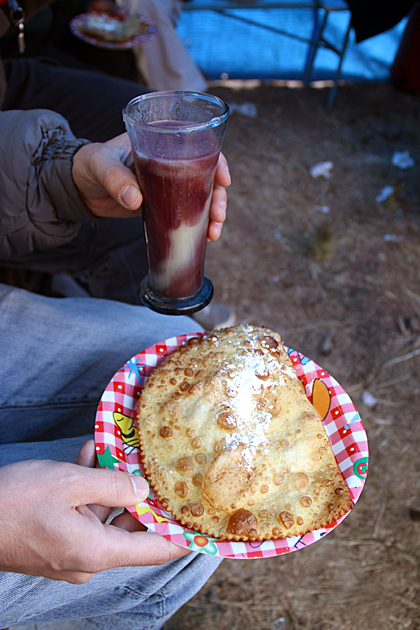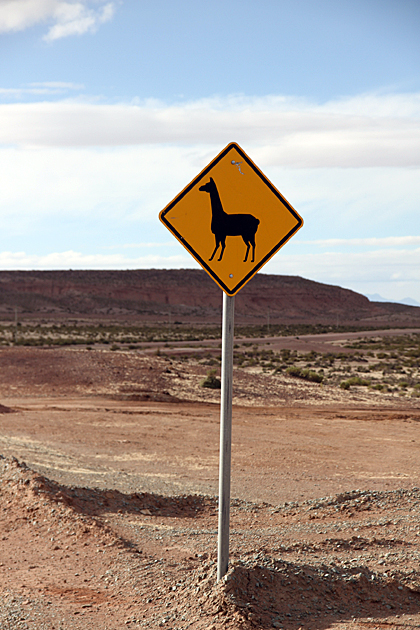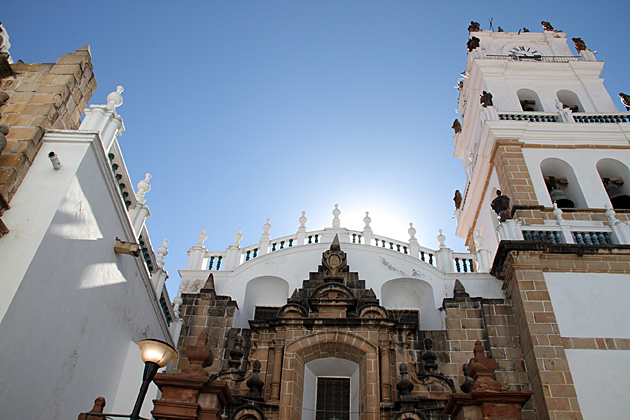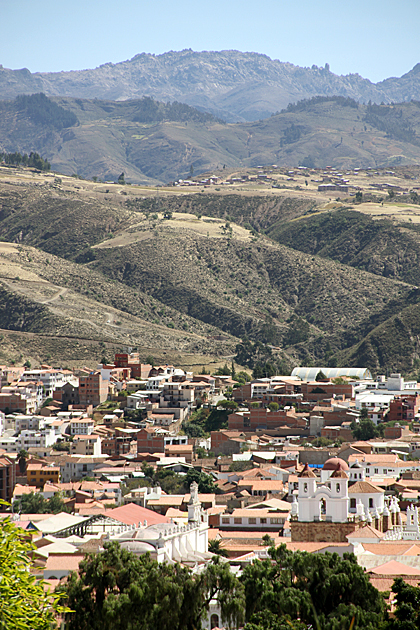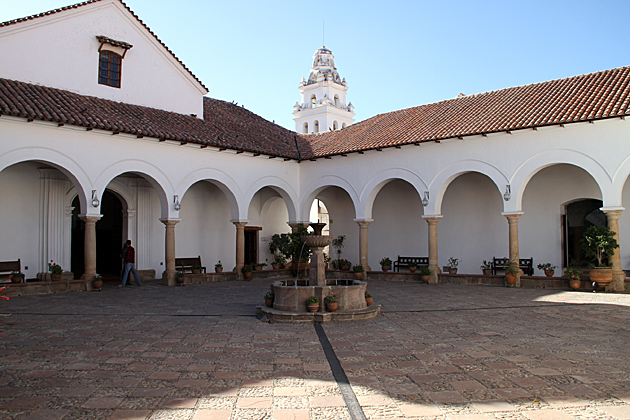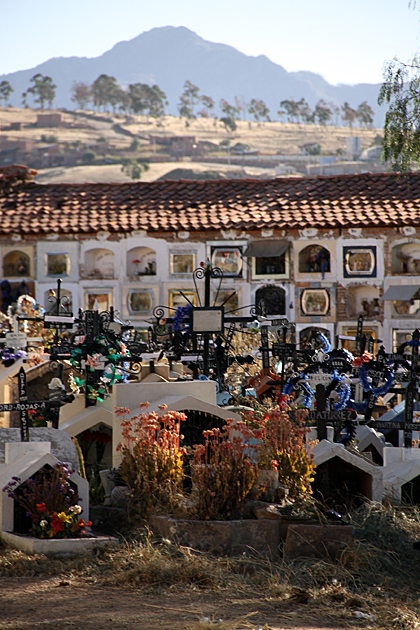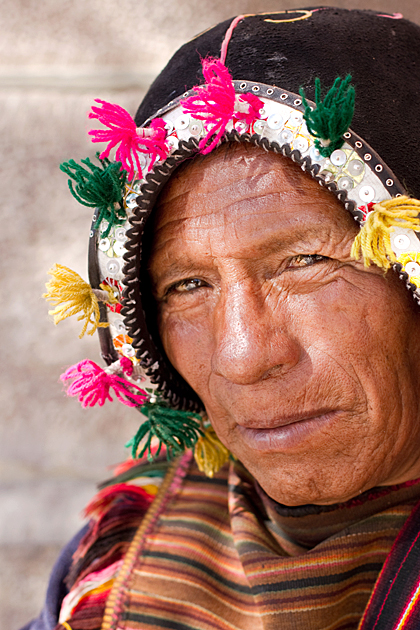Incahuasi – Home of the Incas
Also called the Isla del Pescado thanks to its fish-like profile, the island of Incahuasi is situated smack in the middle of the enormous Salar de Uyuni. We arrived there midway through the first day of our tour. Covered by millennial cacti and composed of coral, the island is a stunning reminder that the salt flats used to be part of a gigantic lake.
